10 Facts About World War II That Never Made It To Your Philippine History Books
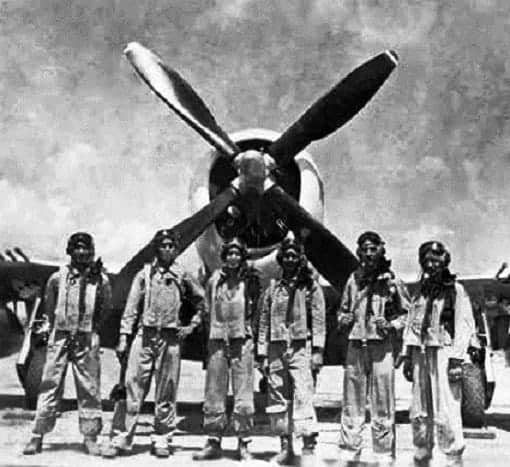
With so much devastation caused in so short a time, World War II undoubtedly stands as one of the darkest chapters of human history.
Here in the Philippines, we remember the event mainly as the time the Japanese occupied our country and oppressed the Filipinos before being finally driven out by the Americans. To leave it at that generalization, however, would be to keep oneself in the dark about what really happened during those awful times.
Also Read: 8 Epic Battles in History Where Filipinos Kicked Ass
So for the sake of education and proper remembrance of both the dead and the survivors, let’s take a gander at some of the lesser-known yet mind-blowing facts about World War II in the Philippines.
10. Japan would have employed biological warfare in the Philippines.
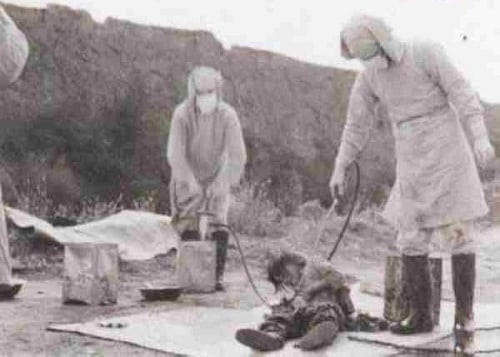
While it’s now common knowledge that the Japanese willfully employed chemical and biological warfare against the Chinese several times throughout the war, lesser-known is the fact that they would have also used the same weapons against the Filipino and American forces in Bataan.
Also Read: 10 Biggest Misconceptions About World War II In The Philippines
Frustrated by the stubborn defense being put up by the Fil-Am forces, the Japanese planned to unleash hundreds of millions of plague-infected fleas into the Bataan Peninsula. As fate would have it, the surrender of the Bataan defenders in April shelved the Japanese plan for biological warfare. However, the Japanese never really disavowed the use of bio-warfare—they also tried to pull off the same plan against the Americans in Saipan and Okinawa.
9. Manila became the second most devastated Allied capital in World War II.
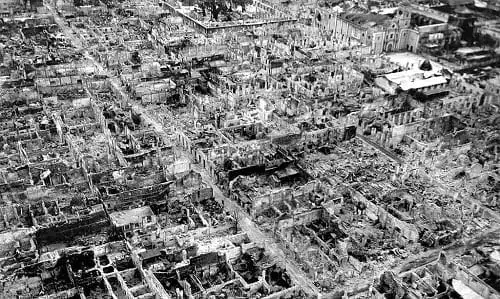
In the midst of the brutal month-long Battle of Manila, the Japanese massacred and raped civilians, aside from looting and destroying several homes and buildings. Continuous American carpet bombings and artillery barrages also contributed to the city-wide devastation and helped usher in bloody close-quarters urban fighting.
WATCH: 12 Rare Pinoy Historical Videos You’ve Probably Never Seen
In the aftermath, an estimated 100,000-500,000 Filipinos lost their lives in just four weeks. Only the Polish capital of Warsaw undoubtedly suffered more death and destruction after it was occupied first by the Germans and then the Soviets. In addition, Warsaw also suffered after a failed uprising in 1944 resulted in the Germans killing hundreds of thousands of civilians and razing 85% of the city to the ground.
8. A disobedient Japanese officer started the Battle of Manila.
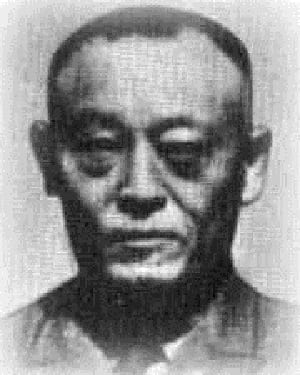
Hard to believe as it may sound, the Japanese originally did not intend to fight the Americans to the death in Manila.
Tomoyuki Yamashita, head of all Japanese forces in the Philippines, had ordered his men to evacuate the city and head to the mountains of northern Luzon where they could engage the Americans in a defensive fight reminiscent of Bataan. He gave the order under the belief that he could not defend the city well (it was situated on flat terrain and had many wooden, flammable structures) nor could he feed its one million residents.
Related Article: Marcos and the Yamashita treasure
However, his instructions to evacuate were ignored by Rear Admiral Sanji Iwabuchi who felt he shouldn’t have to follow orders from an army general. Also, Iwabuchi wanted to redeem his honor after the battleship Kirishima which he personally commanded was sunk in an earlier battle. Suffice to say, Iwabuchi ordered the remaining Japanese forces to dig in and fight the Americans to the last man.
7. The Moros also fought an effective guerrilla war against the Japanese.
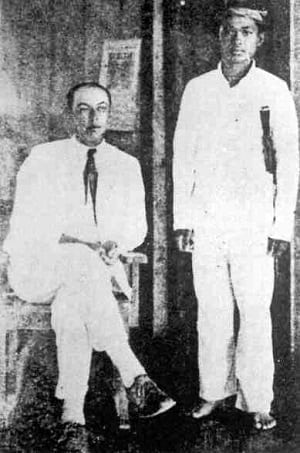
While much has already been said about the daring exploits of guerrillas who fought the Japanese in Luzon and the Visayas, the contributions of the Moro fighters towards the war effort are not as well-disseminated. However, the Moros really did more than their fair share of containing or dislodging the Japanese in their areas of responsibility.
Led by the likes of legendary Moro guerrilla leaders such as Busran Kalaw, Salipada Pendatun, and Gumbay Piang, the mostly blade-wielding Moros struck fear into the hearts of the Japanese occupiers with a combination of guerrilla tactics and juramentado attacks (which was ironic considering the Japanese themselves came from a culture which emphasized bladed weapons).
Also Read: 9 Pinoy Historical Villains Who Weren’t As Evil As You Think
Due to the prevalent attacks by the Moros, many of the Japanese would either hole themselves up in their garrisons or even go back to their ships to sleep at night to avoid juramentado attacks. Such was the effectiveness of the Moro guerrillas that six months before MacArthur landed in Leyte, they had already liberated their respective territories in Mindanao from the Japanese.
6. Douglas MacArthur led two other landings.
Other than his immortalized landing at Palo Beach, Leyte on October 20, 1944, Douglas MacArthur also conducted two other lesser-known landings, one in Mindoro and the other in Pangasinan.
READ: The 6 Most Tragic Love Stories in Philippine History
On December 15, 1944, MacArthur and the Americans landed in San Jose, Mindoro to use the island as a staging base for aircraft to strike the Japanese in Luzon. Then on January 9, 1945, MacArthur stepped foot in Luzon once again as he made yet another dramatic and photogenic entrance in the beaches of Pangasinan. The moment, which was captured by wartime photographer Carl Mydans, shows MacArthur wading into the shores of Lingayen (others say it was Dagupan).
5. Australians and Mexicans also helped in liberating the Philippines.
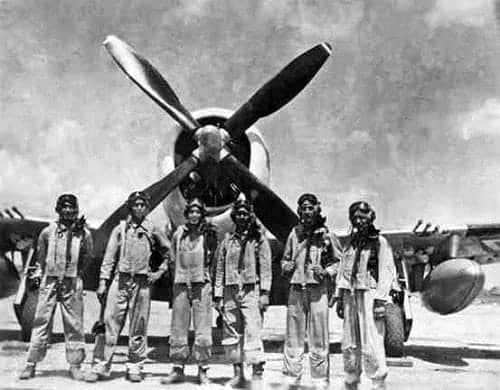
Aside from the Chinese guerrilla group we’ve already talked about, two other nationalities (apart from the Americans) helped liberate the Philippines—the Mexicans and the Australians.
Mexico’s 201st Squadron—known as the Aztec Eagles—flew dozens of sorties in different parts of Luzon, including campaigns over Marikina and Cagayan Valley. After the liberation of the country, the Eagles then continued to fly with US forces in bombing runs and support missions over Formosa (Taiwan).
Also Read: 5 Awesome Philippine Heroes Who Are Not Filipinos
As for the Australians, their air force and navy provided secondary combat roles (MacArthur reportedly refused to give them significant operational control in the Philippine campaign). Notwithstanding, the Australians fought just as bravely and suffered casualties of their own as well, with the heavy cruiser HMAS Australia suffering six officers and 23 crewmen dead after it was hit by a diving Japanese plane during the Battle of Leyte Gulf—an incident which supposedly marked the first-ever kamikaze attack.
4. Aside from comfort women, there were also comfort gays.
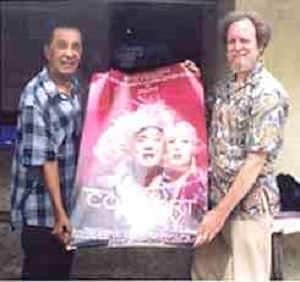
Although we know for a fact the Japanese forcibly conscripted, hundreds, if not thousands of Filipinas to become comfort women, we should also remember the many comfort gays they abused.
As told by the most famous comfort gay Walter Dempster Jr. aka Walterina Markova, the Japanese exhibited even more brutality towards them especially after finding out they weren’t women at all. Aside from the sexual abuse and sodomy, Markova and his fellow gays were beaten up often and forced to perform menial tasks for the soldiers. During this time, the Japanese mocked Markova and his companions for not being real women.
Recommended Article: 14 Amazing Filipina Heroines You Don’t Know But Should
In the end, Markova earned a bit of revenge at the end of the war when he hit a captured Japanese soldier with an umbrella and pricked him repeatedly with a pin.
3. An English journalist predicted the Japanese-American War in uncanny detail in 1925.
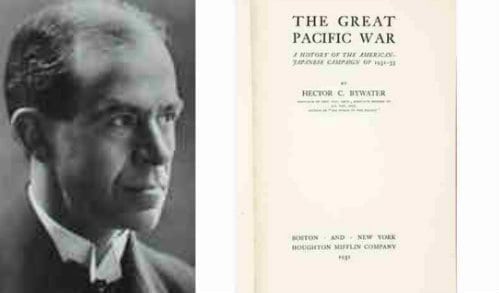
With a few minor variations, a British reporter and noted naval analyst Hector Bywater predicted with eerily-accurate detail in 1925 how the conflict between the Japanese and the Americans would go down.
Same as with the original, the prelude to war would begin with the Japanese falsely assuring the Americans of peace—then striking them by surprise. However, Bywater envisioned the surprise attack not at Pearl Harbor but in Manila which would have ended with the destruction of America’s Asiatic Fleet. In this scenario, he predicted the Japanese would use aircraft carriers—a remarkable observation considering battleships ruled the oceans during his era.
Also Read: 10 ‘What If’ Scenarios That Would Have Changed Philippine History Forever
He then correctly guessed the Japanese would utilize a hundred-thousand-strong force to invade the Philippines. Afterward, the Americans would slowly jump from island to island and finally engage and defeat the Japanese Navy in a decisive naval battle (the Battle of Midway). He also correctly predicted how the Japanese would do everything just to stop the American advance—the use of kamikaze attacks included.
In the end, however, Bywater didn’t foresee the atomic bomb; he instead banked on the Japanese peacefully surrendering after the Americans dropped millions of leaflets over their country as a show of force.
2. USAFFE Forces could have beaten the Japanese in Bataan.
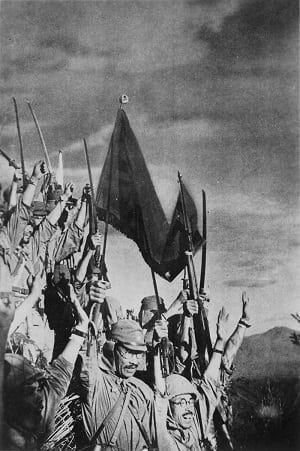
Given the overwhelming odds stacked against them, it would be nearly impossible to think the Filipino-American forces would even stand a chance against beating the Japanese in Bataan.
As shared by Japanese commander Masaharu Homma in his war crimes trial, however, the USAFFE forces could have very well driven the Japanese forces all the way back to Manila if they wanted to. He revealed how the numerically superior Fil-Am forces could have rolled over his 14th Army since it only had three battalions left who could effectively fight after incurring seven thousand dead or wounded, with another 12 thousand incapacitated by disease.
READ: The 10 Most Fearsome One-Man Armies in Philippine History
And in spite of their own problems with supplies, the men of the USAFFE enjoyed a high level of morale after beating the Japanese advances. In fact, many officers even advocated going on the offensive all the way to Manila. However, general headquarters refused their proposal for a counter-attack, on account that even if they managed to successfully re-take Manila, the Japanese mastery of the air and sea meant they could field in an endless number of reinforcements.
1. The Japanese performed human experiments and cannibalized Filipinos.
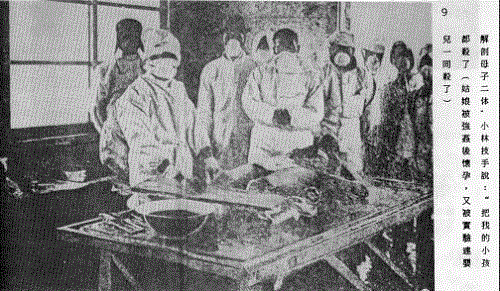
While stories of Japanese experimentation and cannibalization are well-documented in China and other occupied areas during the war, such cruel acts against Filipinos are relatively unheard-of, we being more accustomed to stories about rape and murder.
However, an aging Japanese medic named Akira Makino admitted he and his unit performed vivisections on some 30-50 mostly Moro women and children from December 1944 to February 1945. Acts done on the doomed prisoners included having their stomachs opened or their livers gouged out, after which they would then be killed either by strangulation or decapitation.
Related Article: 5 Horrifying Pinoy Cannibals
As for cannibalism, a starving Japanese garrison stationed in Mt. Kitanglad, Bukidnon resorted to the practice during the closing days of the war, killing and eating several villagers (including teenage girls). According to the records, around 45 men and 32 women ended up being cannibalized by the Japanese.
References
Corregidor.org,. ‘WPO-3’ Seed for Defeat. Retrieved 9 June 2015, from http://goo.gl/caXdyq
Cosgrove, B. (2014). LIFE With MacArthur: The Landing at Luzon, the Philippines, 1945. TIME.com. Retrieved 9 June 2015, from http://goo.gl/Zb32QB
Evora, R. (2014). MacArthur’s 2nd PH landing. Manila Standard Today. Retrieved 9 June 2015, from http://goo.gl/VQv1GV
Hills, B. Unlocked: Japan’s wartime chamber of horrors. BenHills.com. Retrieved 9 June 2015, from http://goo.gl/wqYZ8a
HistoryNet,. (2006). World War II: Mexican Air Force Helped Liberate the Philippines. Retrieved 9 June 2015, from http://goo.gl/HqcIkn
Makilan, A. (2005). Walterina Markova: The ‘Comfort Gay’. Bulatlat.com. Retrieved 9 June 2015, from http://goo.gl/2yVlvz
Ozawa, H. (2007). Japanese war veteran speaks of atrocities in the Philippines. Taipei Times. Retrieved 9 June 2015, from http://goo.gl/fgaWwO
Royal Australian Navy Official Website,. HMAS Australia (II). Retrieved 9 June 2015, from http://goo.gl/rg0eqc
Williams, L. (1971). Reporter Predicted Japanese Attack. Retrieved from http://goo.gl/TwuZgP
Wu, T. A Preliminary Review of Studies of Japanese Biological Warfare and Unit 731 in the United States. ZZWave.com. Retrieved 9 June 2015, from http://goo.gl/lM26QQ
Additional Sources:
All This Hell: U.S. Nurses Imprisoned by the Japanese by Evelyn Monahan
Six-Legged Soldiers: Using Insects as Weapons of War by Jeffrey A. Lockwood
324 Most Asked Questions on Manila – What You Need To Know by Anne Clay
The Imperial Japanese Army: The Invincible Years 1941–42 by Bill Yenne
Justice in Asia and the Pacific Region, 1945-1952 by Yuma Totani
A Handbook of Terrorism and Insurgency in Southeast Asia by Andrew T. H. Tan
The Green Tiger: The Costs of Ecological Decline in the Philippines by Barbara Goldoftas
Japanese and U.S. World War II Plunder and Intrigue by Rodney Stich
Latin America During World War II by Thomas M. Leonard, John F. Bratzel
Fire From the Sky: Surviving the Kamikaze Threat by Robert Stem
Queer Japan from the Pacific War to the Internet Age by Mark McLellan
War in the Pacific: Strategy and Command by Louis Morton
FilipiKnow
FilipiKnow strives to ensure each article published on this website is as accurate and reliable as possible. We invite you, our reader, to take part in our mission to provide free, high-quality information for every Juan. If you think this article needs improvement, or if you have suggestions on how we can better achieve our goals, let us know by sending a message to admin at filipiknow dot net
Copyright Notice
All materials contained on this site are protected by the Republic of the Philippines copyright law and may not be reproduced, distributed, transmitted, displayed, published, or broadcast without the prior written permission of filipiknow.net or in the case of third party materials, the owner of that content. You may not alter or remove any trademark, copyright, or other notice from copies of the content. Be warned that we have already reported and helped terminate several websites and YouTube channels for blatantly stealing our content. If you wish to use filipiknow.net content for commercial purposes, such as for content syndication, etc., please contact us at legal(at)filipiknow(dot)net
